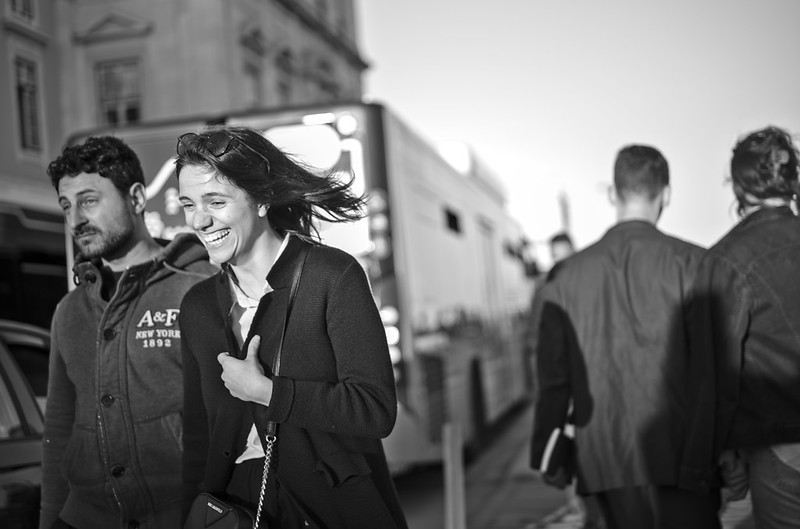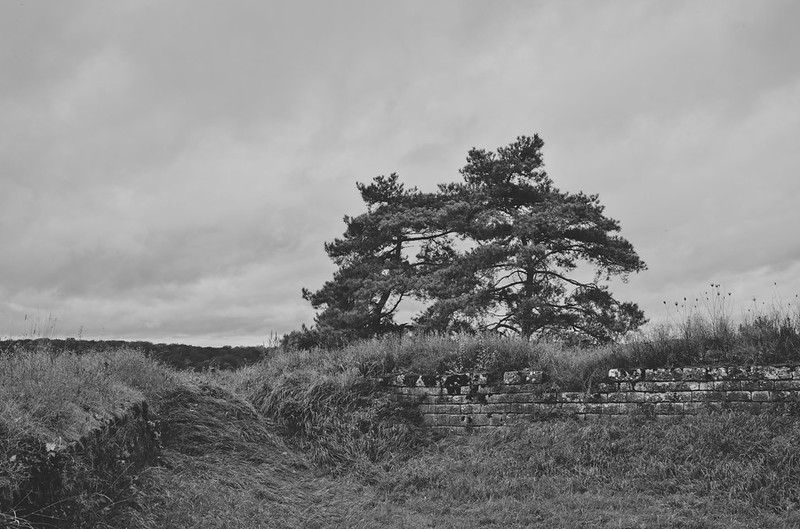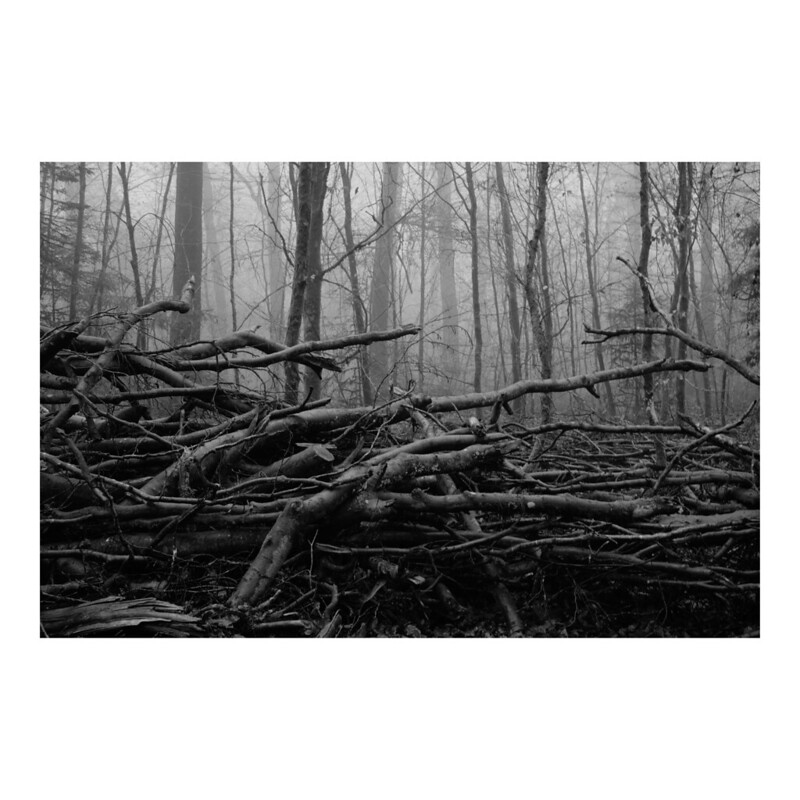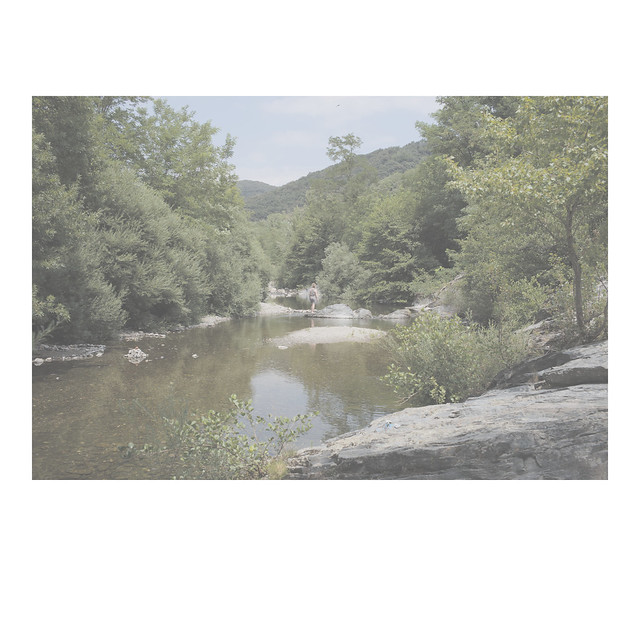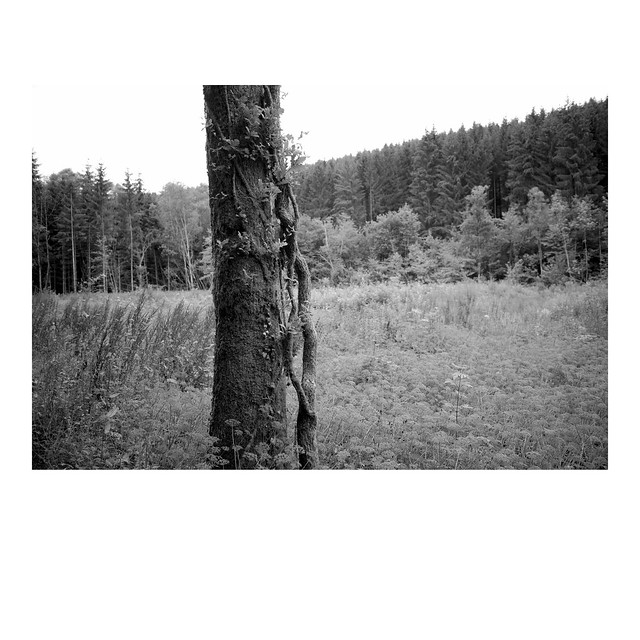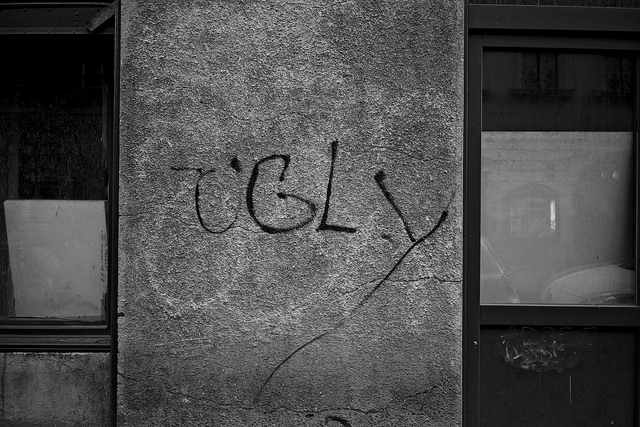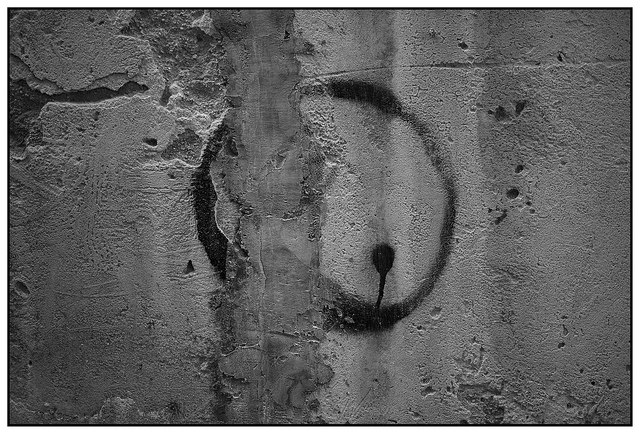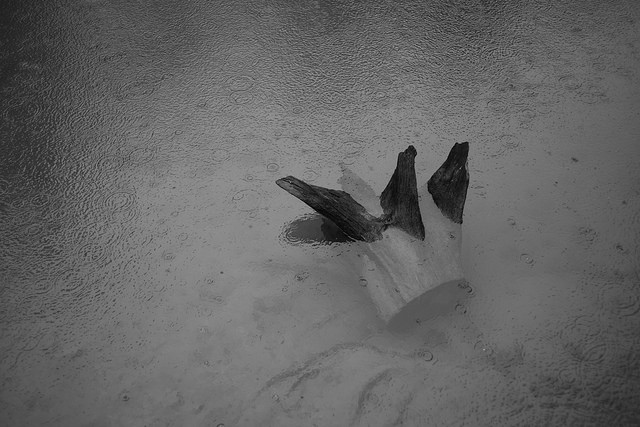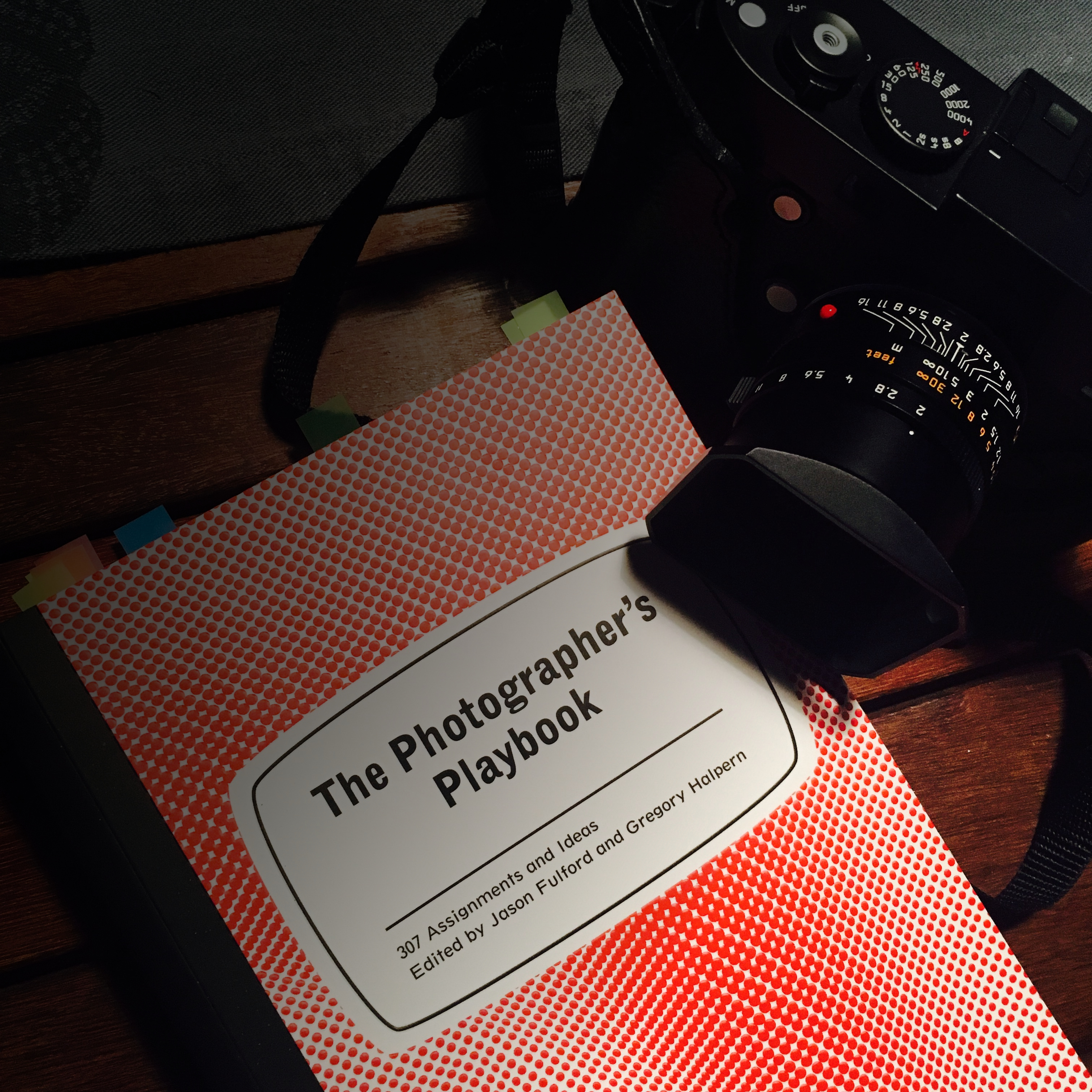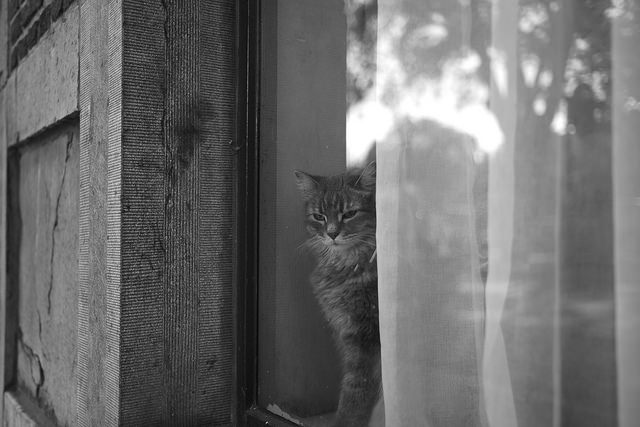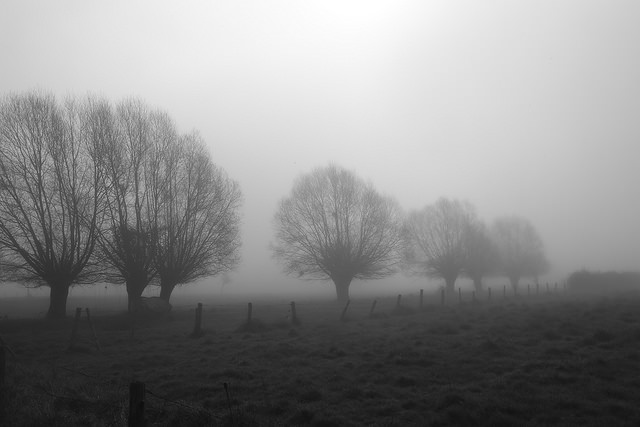les murmures de la rue
Chaque seconde est le début de quelque chose. On ne sait jamais où cela va nous mener. On avance. On se lance. On prend son appareil photo. On avance. On regarde. On se pose. On attend. On se perd. On cadre. On ne cadre pas. On appuie sur le déclencheur. On n’appuie pas dessus. On se jette dans la rue. On regarde. On estime les distances. On se trompe. On calcule. On recalcule. On saute dans un train. On sort du train. On a la bandoulière en main. On est sur le quai. Et bam ! Des lecteurs, une espèce rare de nos jours. Ces gens, sans téléphone, juste avec un livre à la main. Et là, j’ai une série de ces animaux rares. Juste devant moi, à deux mètres, la distance de mon objectif, je déclenche sans savoir que ma présence, elle aussi, deviendra éternelle.

Because reading, Gare de Luxembourg, Bruxelles 2019
Nous sommes des chercheurs de symboles. De textes, de traces ou de signes pour comprendre ce qui nous entoure. On le fait sans le savoir. Mais on peut amplifier l’observation avec son appareil. Chaque seconde est le début de quelque chose. Cette quête peut durer des heures, des jours, des années ou même toute une vie. On peut se poser devant des murs, des bâtiments et découvrir une foison de significations, d’anciennes traces, d’histoires méconnues ou sur le point de disparaître.
Chaque déplacement, chaque visite, chaque détour de ruelle, n’est qu’un prétexte pour découvrir ces histoires méconnues.
Même ce qui semble laid, décrépit, sale ou abîmé n’est qu’une fracture qui permet de mieux comprendre les couches de ruine. C’est une porte pour comprendre ou signifier l’existence de nos vies. Il n’y a pas de ville moche ou laide; il n’y a que des photographes qui n’ont pas ouvert la bonne porte ou emprunté la ruelle perdue pour mieux comprendre.
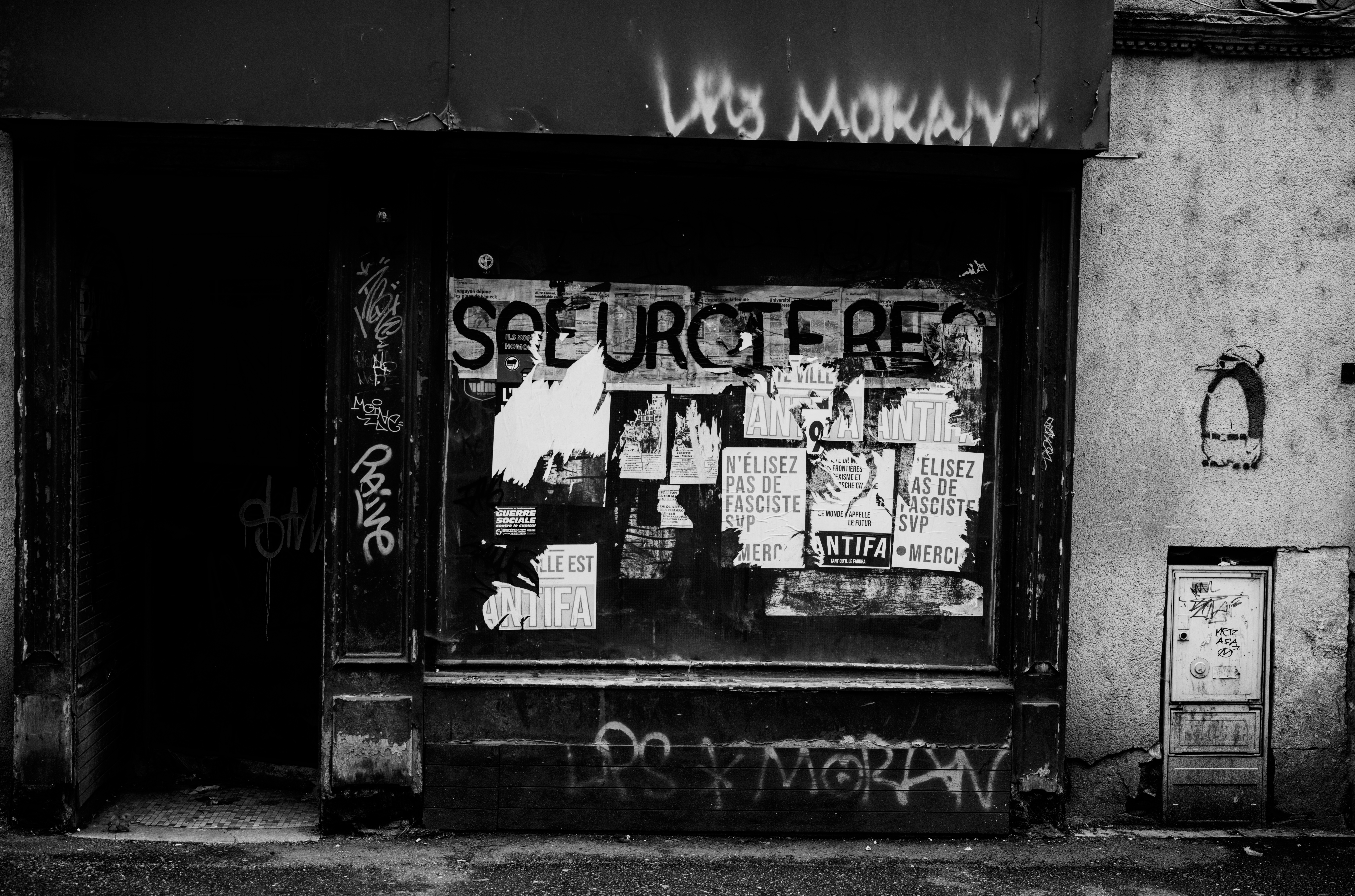
walls with an history, une rue perdue dans Metz, 2022
On oublie que la rue n’est qu’un support d’écriture en attente de lecteurs. Nous ne sommes pas tous des lecteurs attentifs. Nous pouvons le devenir davantage, mais nos sensibilités affectent notre lecture. Cette sensibilité se combine ou se confond avec celle de la technique photographique.

sensible La Dactylo, Metz 2025
Les messages [1] de la rue peuvent devenir clairs. Mais, même dans cette apparente clarté, il y a le support, le contexte qui accompagne ce texte, l’endroit où la photo a été prise. En fait, le cadrage en photographie ne fait que rendre compte du cadrage déjà existant sur les murs. On photographie, on cadre, mais nous ne sommes que des pions de nos perceptions. On photographie ce que nos perceptions décident. On se croit rationnels, mais au final, on n’est qu’un papillon suivant la direction du vent.

travaillez, derrière le parlement Européen, Bruxelles 2023
Un texte inscrit sur un mur peut demeurer en nous bien plus longtemps que le mur lui-même.
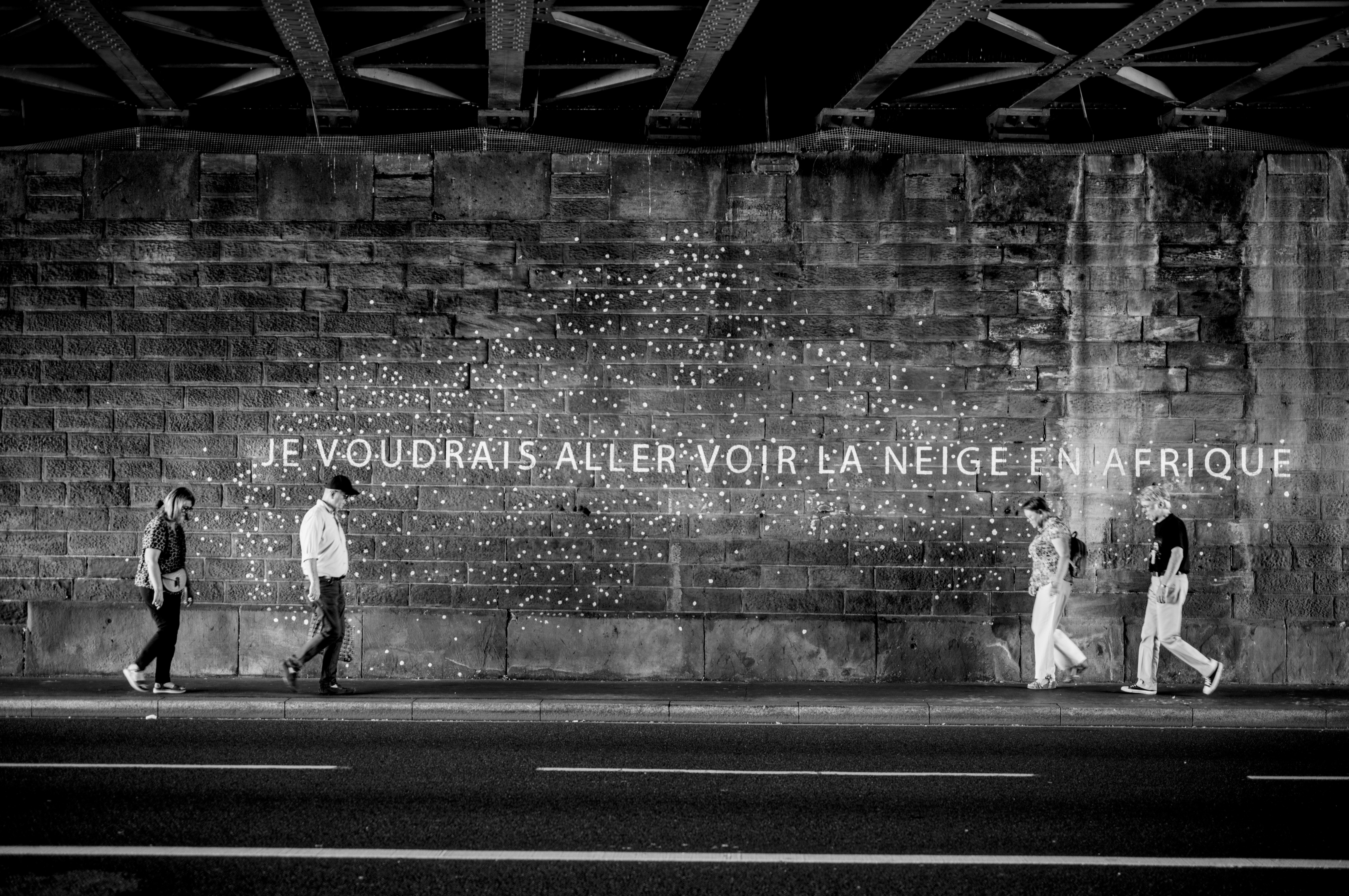
neige “je voudrais aller voir la neige en Afrique”, Metz 2024
J’ai vu le texte. J’ai attendu quelques minutes, puis j’ai vu ces deux couples arriver dans le champ, la tête baissée. Au départ, je me suis dit que cela révélait l’invisibilité d’un texte inscrit sur un mur : un texte fort, mais pas suffisamment clinquant pour devenir un instant de lecture.
Et puis, en prenant la photo, je me suis dit qu’il y avait bien plus. Cette phrase est trop forte pour être simplement sortie de son contexte. Elle provient de l’ultime pièce de théâtre de Bernard-Marie Koltès (né à Metz), Roberto Zucco, dans laquelle un tueur en série dialogue avec une jeune fille. Le texte, quant à lui, est issu d’un travail artistique de Matthias Bour pour “Metz en toutes lettres” en 2009.
Chaque moment inscrit sur un mur est bien plus que cela. C’est l’instant qui se reconnecte à notre humanité, notre existence et nos vies.
Même se connecter à un lieu peut se faire via les traces laissées par d’autres artistes : j’ai toujours aimé Venise pour cela. On se retrouve dans un endroit chargé d’histoire, mais la simple vue d’un poster déchiré fait resurgir la magie du lieu et son histoire artistique. Pas besoin qu’il s’agisse d’un Ernest Pignon-Ernest pour apprécier la beauté d’une trace de papier qui semble dévoiler une œuvre d’art.

torn “Torn to life”, Venice 2023
Même chaque déambulation est l’occasion de se prendre un message en pleine figure, de se demander : quelle idée, quel message ? Même si on le reçoit en pleine gueule, comme ici à Berlin, la ville qui te secoue la tête, cela fonctionne tant qu’on a décidé d’en accepter le message.

expect “What do you expect?”, Berlin 2022
Et ce message peut être diffus, caché ou complété, mais il n’explose qu’avec la participation d’un acteur de la rue. Ici, j’ai attendu longtemps, et c’est finalement la présence d’une dame qui a rendu le message fort et évocateur. Mais lorsque quelqu’un entre dans le cadre, la photographie devient un véritable dialogue : une fusion imprévisible entre le texte, le lieu et l’humain, qui fait naître l’étincelle d’une histoire partagée.
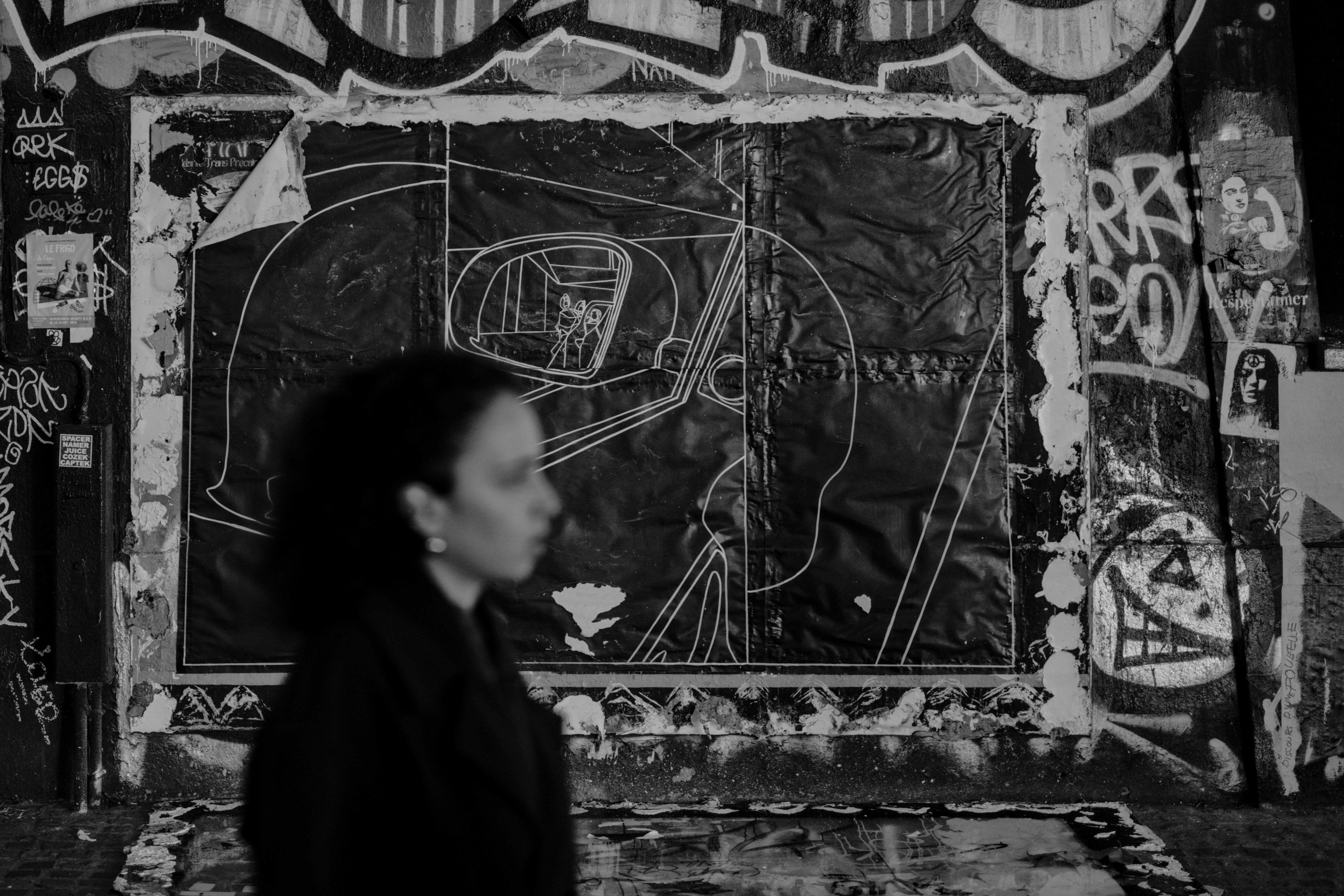
textual “Textual Street”, Paris 2024
On se poste dans un coin, on devient invisible, on observe. On devient Nicolas Poussin, mais sans les effluves de peinture, seulement les odeurs et les bruits de la rue. On a un fond tout prêt. La peinture est réalisée par nos “assistants” : ils débordent, tracent des lignes, des courbes, des lavis, puis s’évaporent dans la nature à l’arrivée des sirènes. Toi, il ne te reste plus qu’à saisir l’instant. Tout le monde joue dans une pièce de théâtre dont on ne connaît pas le titre.

urban scene , Paris 2024
Cette pièce de théâtre n’implique pas seulement les acteurs de la rue ; elle peut aussi naître de la simple juxtaposition du travail d’un autre artiste. Mais toi, tu la cadres autrement. Tu penses que c’est mieux. Pourtant, au final, ce n’est qu’une création inspirée d’une autre. C’est simplement l’histoire de l’art : un empilement, et l’on ne fait que se retrouver enchevêtré dans ce sillon artistique.

before tomorrow , “Before Tomorrow”, Berlin 2024
La photographie de rue n’est pas toujours en mouvement. Parfois, après des heures infructueuses, on se pose. On commande un thé, on dépose son appareil sur la table. On se dit : “Merde, pas vraiment la journée pour faire des photos.” Puis on lève les yeux et on aperçoit un lecteur de Norek, avec un fond incroyable. La photographie, c’est la chance de la persistance: râler, avancer lentement, se retrouver sous la pluie, sans lumière, se décourager... se dire qu’on va abandonner. Et puis, il y a cet instant.
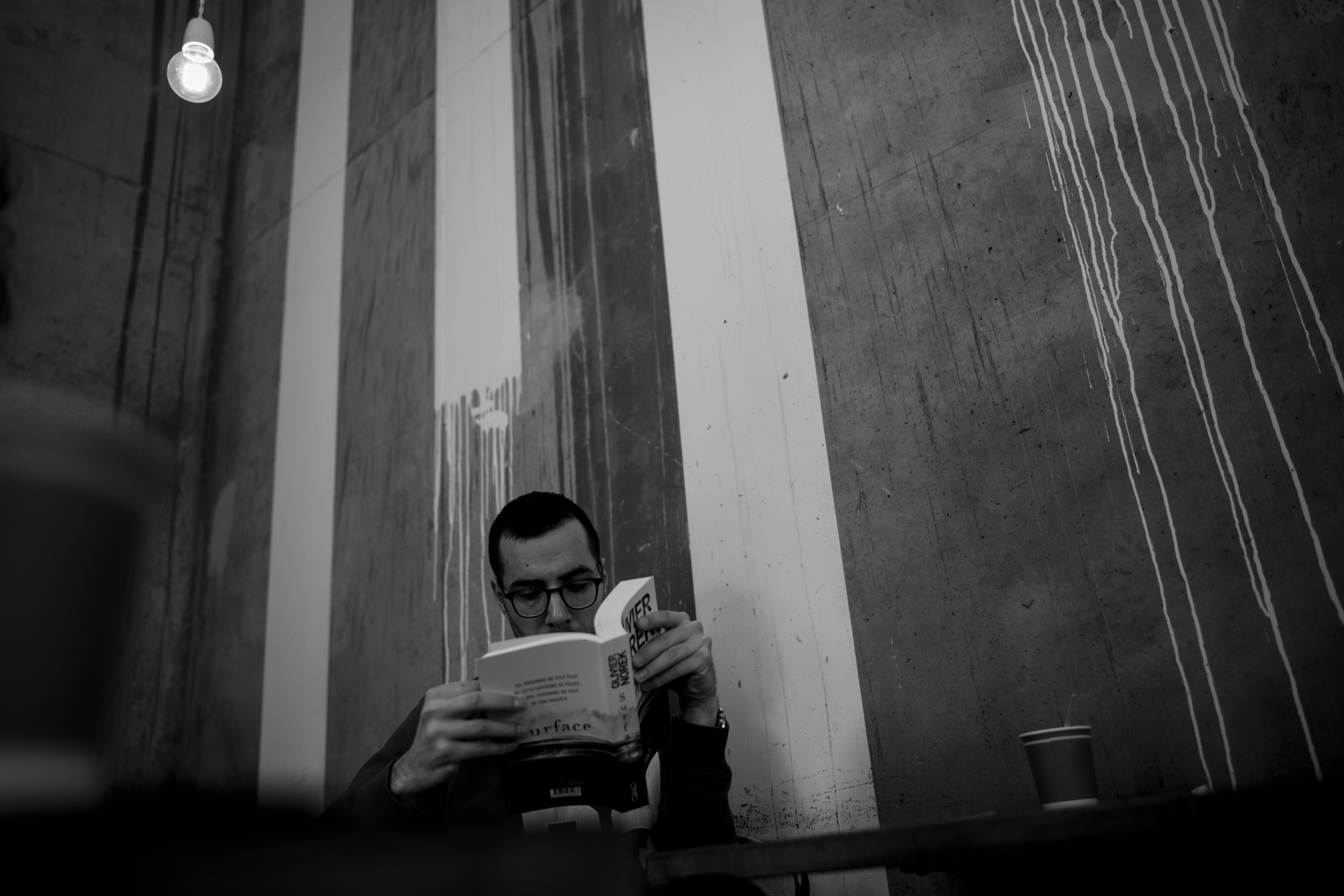
line reading “line reading”, Paris 2020
On a toujours l’image d’un lecteur installé calmement près d’un feu. Mais mes balades photographiques m’ont appris qu’il ne faut jamais sous-estimer la capacité d’un lecteur. J’en ai déjà capturé dans mes filets, lisant en marchant, lisant dans des environnements bruyants ou même sur une machine à laver.

the reader, “the reader”, Bruxelles 2022
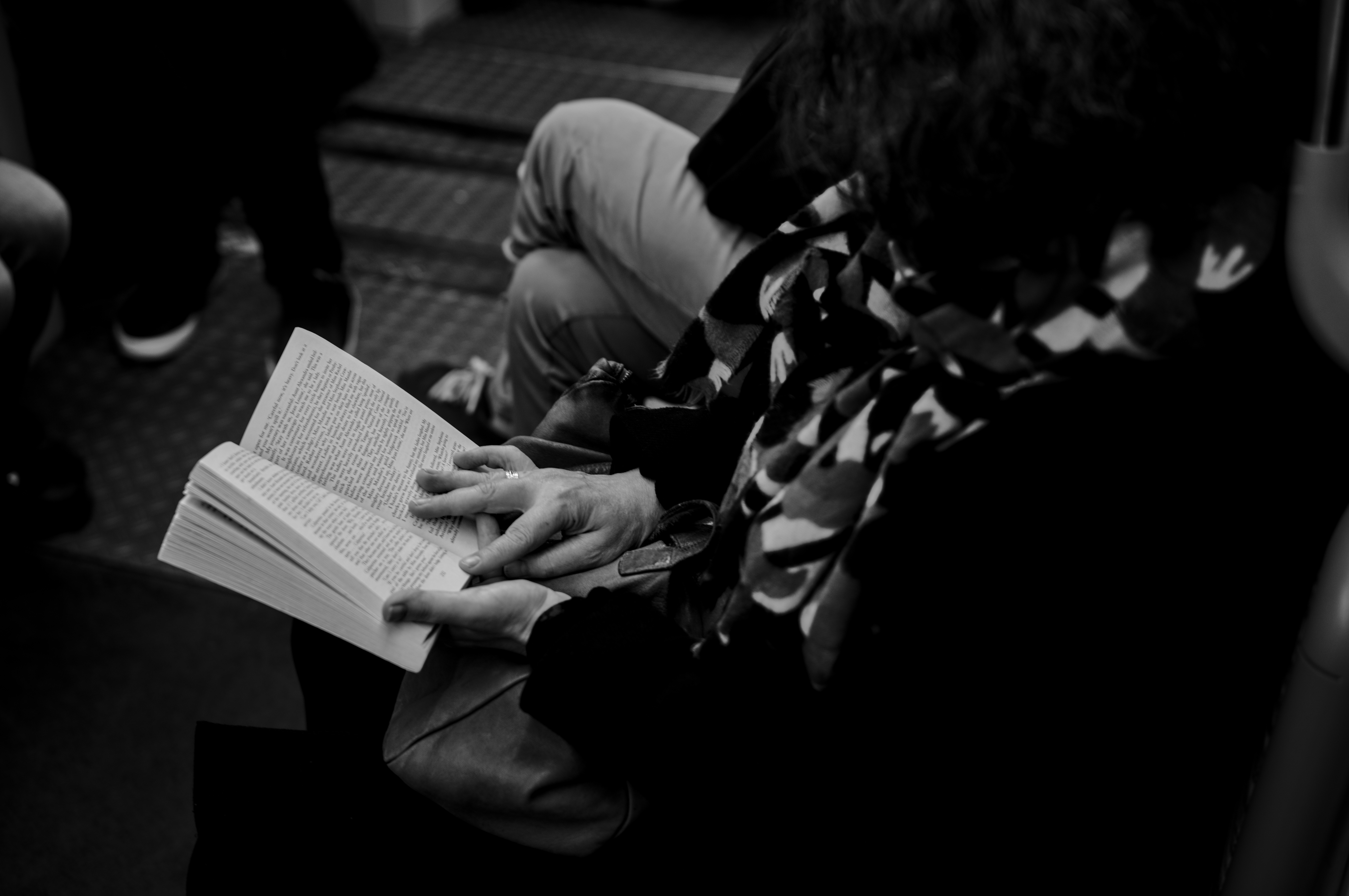
subway reading , “Subway reading”, Paris 2025
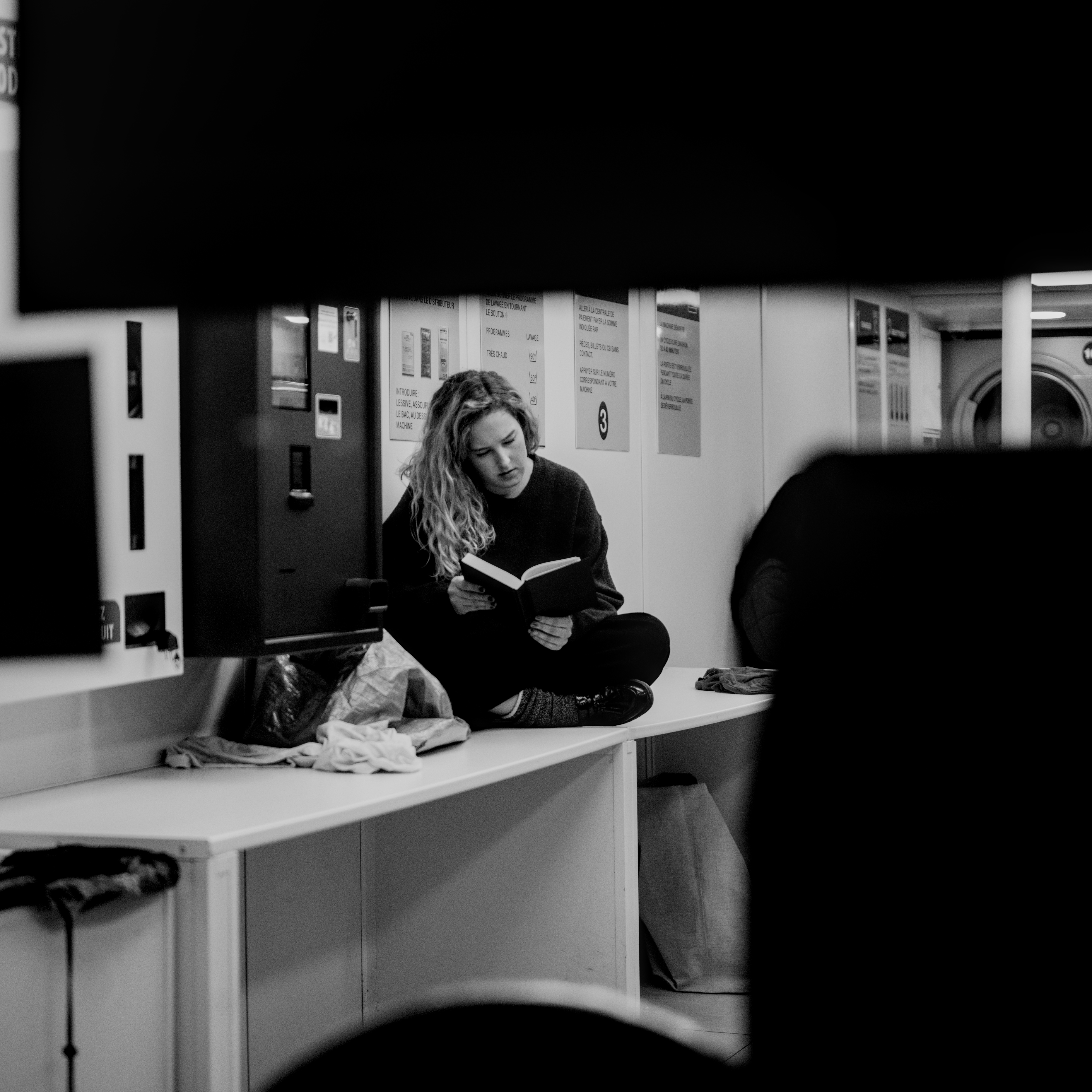
zen reading , “Zen reading”, Paris 2024

on reading, "On Reading", Arles 2024
Si cette petite déambulation photographique vous a plu, les photographies seront visibles au Bar à Goûts, à Jamoigne, en Belgique, du 12 juillet 2025 au 3 août 2025. Le vernissage aura lieu le samedi 12 juillet à 18 h.
